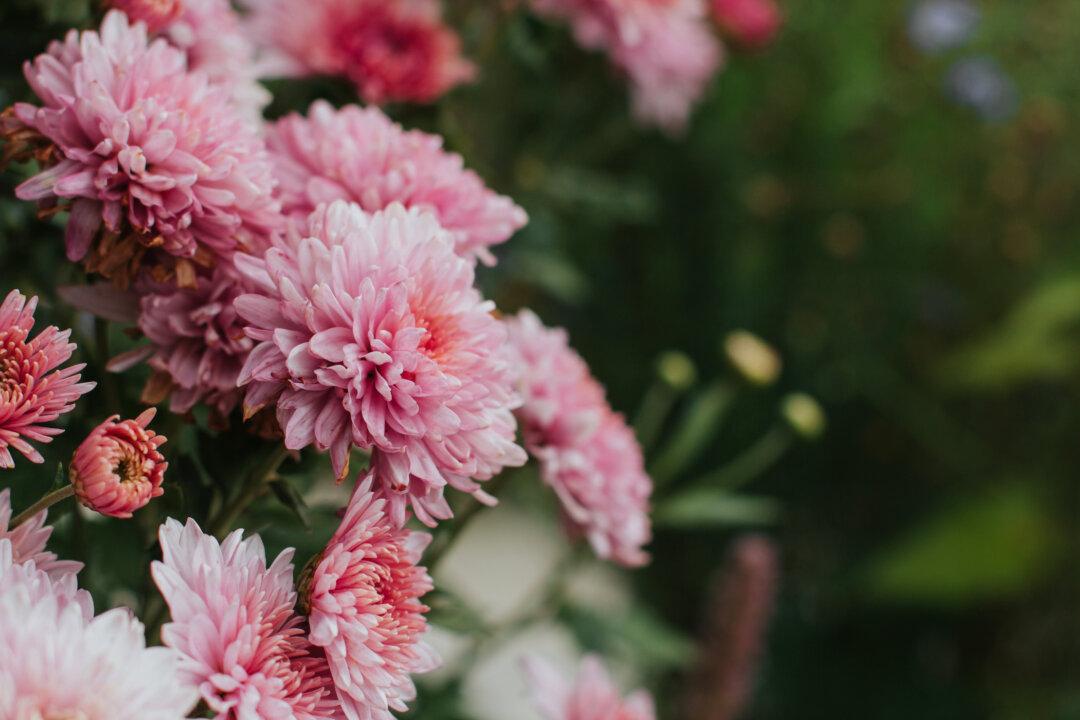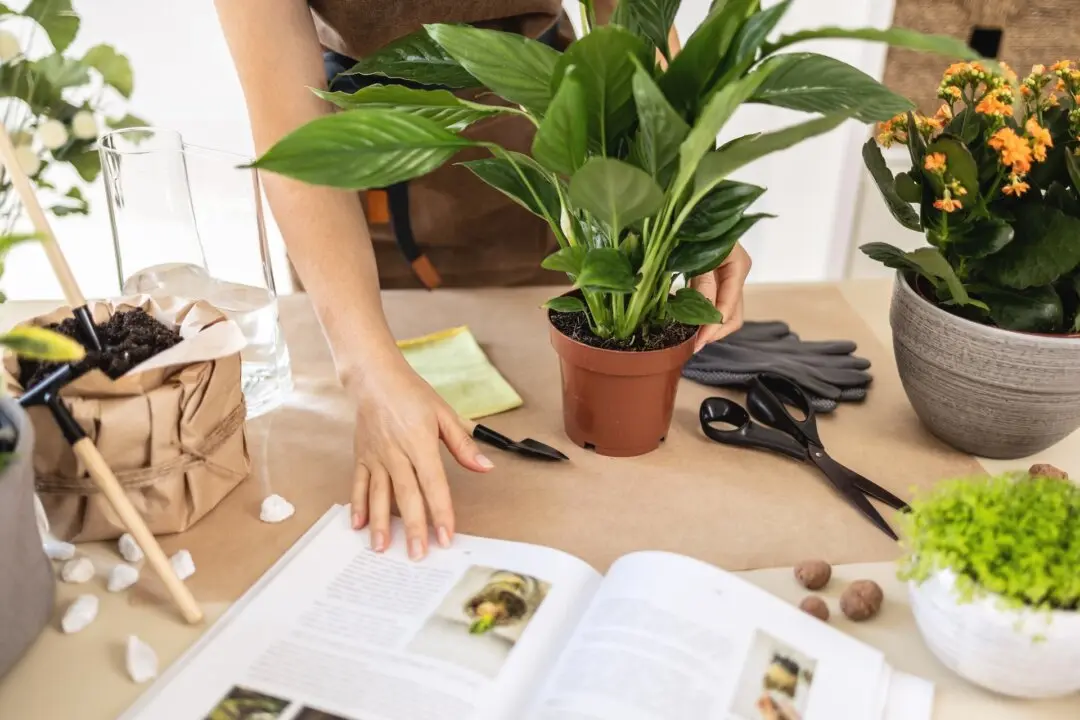Q: I love chrysanthemums. I buy several colors of them each fall. I have tried planting them in the ground but they have never come back in the spring. Any suggestions?
A: There are several reasons that they don’t make it through the winter. First, you need to buy a hardy variety. There are around 20 species of mums and thousands of varieties. The different species may be cold hardy from Zones 7 to 4 in the north and as far south as Zone 9. If you live in Zone 5 and plant a mum that’s only hardy to Zone 6, it is possible that it will die over the winter. Some of the prettiest mums are called florist’s chrysanthemums and they are the least hardy, maybe to Zone 7.





